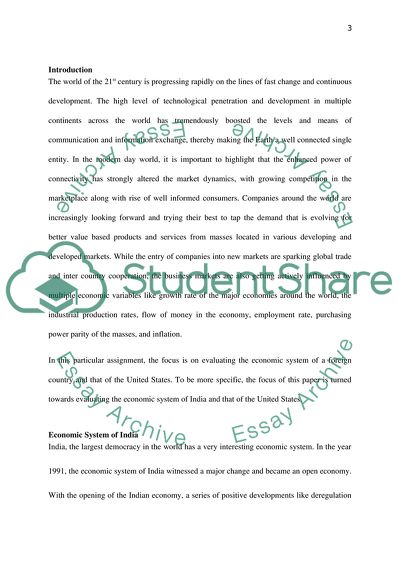Comparative analysis of the economic system of one (1) foreign nation Term Paper - 1. https://studentshare.org/macro-microeconomics/1820457-comparative-analysis-of-the-economic-system-of-one-1-foreign-nation-and-the-united-states
Comparative Analysis of the Economic System of One (1) Foreign Nation Term Paper - 1. https://studentshare.org/macro-microeconomics/1820457-comparative-analysis-of-the-economic-system-of-one-1-foreign-nation-and-the-united-states.


